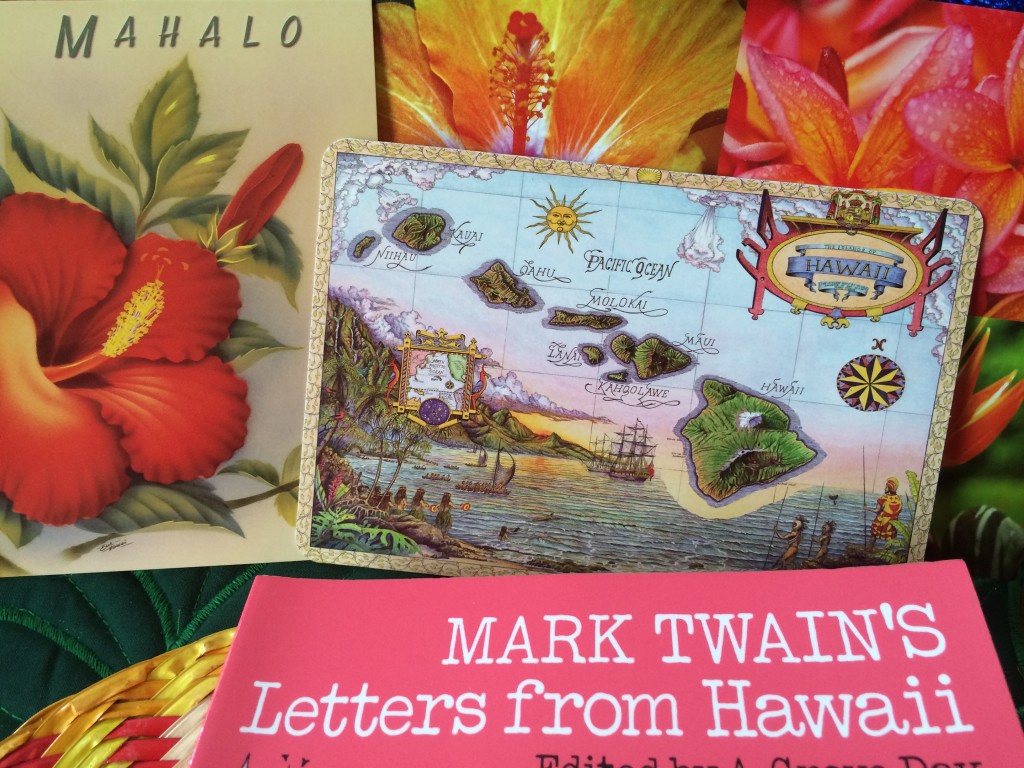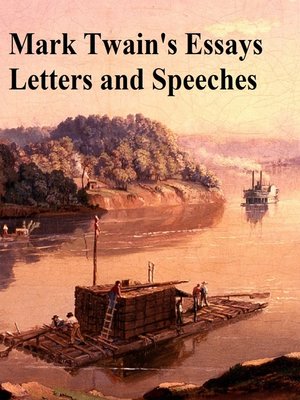
I suppose that any one of nature’s most celebrated wonders will always look rather insignificant to a visitor at first, but on a better acquaintance will swell and stretch out and spread abroad, until it finally grows clear beyond his grasp-becomes too stupendous for his comprehension. I suppose no man ever saw it the fifth time without wondering how he could ever have been so blind and stupid as to find any excuse for disappointment in the first place. I suppose no man ever saw Niagara for the first time without feeling disappointed. (Excerpt) The Sacramento Daily Union, NovemVolcano House, Brown, who “has a generous heart and a fervent imagination, and a capacity for creating impossible facts…one of those men who always looks at the unpleasant side of everything, which I seldom do.” To complicate the point of view and provide some dynamic tension, there is even an invented traveling companion named Mr.


Who would think to compare a simmering volcano to a Massachusetts railroad map, and so effectively? The shifting scale of perception, initial appearance versus dawning reality, the happy notion of “eternity made tangible” and the bubbling lava’s sonic similarity to a riverboat boiler are all signal moments in an increasingly awesome tour de force. Still more impressive are his descriptive powers, exemplified in his account of viewing the Kilauea crater at night in his final letter, included here. But his flair for anecdote, character and humor stands out more, even in this early work. The experience and observations were a combination that would prove fruitful in his travel books and novels.” Īs a correspondent for California’s most influential newspaper, Twain took pains to promote trade with the islands, and this strain of business boosterism in his dispatches is noticeable. The five-month trip was foundational, according to Twain scholar and biographer Everett Emerson: “The experience was pivotal, for it gave him an opportunity for sustained writing. The newspaper published twenty-five dispatches, which Twain subsequently edited into book form, but the young author was not able to interest a publisher. The Sacramento Union agreed to run his letters from the islands, at $20 apiece. Bored with daily reporting for the Territorial Enterprise in boomtown Virginia City, Nevada, he sought broader horizons in travel writing. W hen thirty-year-old Samuel Clemens first visited the Sandwich Islands-as Hawaii was known to haoles starting with Captain James Cook-in 1866, he had not yet published a book and had been writing under his Mark Twain pen name for only three years.

Infernal regions, excellent strawberries, weary wastes, opera-glasses, cataracts of fire, the Sandwich Islands & gouts of blood and snowflakes.


 0 kommentar(er)
0 kommentar(er)
